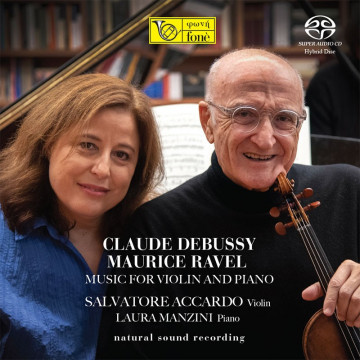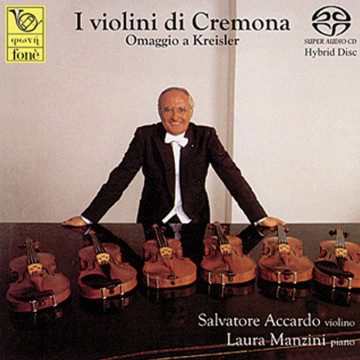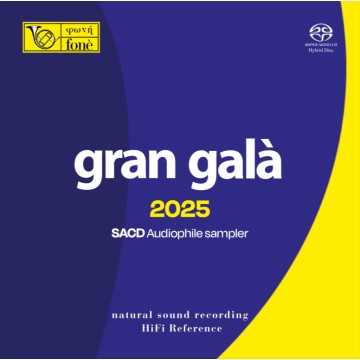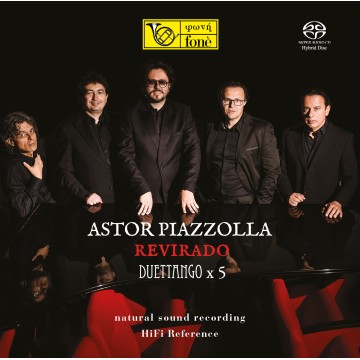MISSA IN FESTIS BEATAE MARIAE VIRGINIS
This recording presents the Missa in festis Beatae Mariae Virginis, featuring sacred compositions by Claudio Monteverdi and Girolamo Frescobaldi, two leading masters of 17th-century Italy. The Vox Hesperia ensemble, conducted by Romano Vettori with Silvia Pozzer and Adriano Dallape, delivers an intense and spiritual performance that highlights the richness of Baroque polyphony. In high-resolution audio, every vocal and instrumental nuance is revealed with clarity, offering an authentic and immersive listening experience.
1. Introitus FRESCOBALDI* [1’39”]
2. Kyrie MONTEVERDI*[4’12”]
3. Gloria MONTEVERDI*[4’07”]
4. Graduale FRESCOBALDI*[1’51”]
5. Credo MONTEVERDI*[6’18”]
6. Offertorium FRESCOBALDI*[3’06”]
7. Sanctus MONTEVERDI*[3’53”]
8. (Elevazione) FRESCOBALDI*[3’15”]
9. Agnus Dei MONTEVERDI*[2’40”]
10. Communio FRESCOBALDI**[3’07”]
11. Deo gratitas FRESCOBALDI* [4’46”]
Durata totale: 55’ 40”
MOTTETTI
1. FRESCOBALDI** Deus noster Canto solo [e basso continuo]
2. MONTEVERDI* Laudatepueri a 5 voci da Cappella
3. MONTEVERDI** Cantate Domino a 6 voci
4. MONTEVERDI** Aadoramus te Christe a 5 voci
5. MONTEVERDI** Domine ne in furore tuo a 6 voci
Frescobaldi, Monteverdi and the Italian sacred music in the early seventeenth century
On the occasion of the 350th anniversary of Monteverdi and Frescobaldi's death, two among the greatest Italian Baroque musicians, a relation between them, in the field of sacred music, has been looked for. Thus a supposed Mass of their time tributed to the Holy Virgin has been planned, where compositions by the two musicians are alternatively proposed, with the more elaborate parts left to the choir and to the organist. From a liturgical and historical standpoint, this attempt may seem a mere theoretical effort since the two composers were conspicuously different as far as their specific milieu and musical heritage are concerned. However, this same attempt springs from the acknowledgment of a poetical affinity between them, such as their common endeavour in getting rid of that constraining Renaissance equilibrium of forms, which represented the apex of the early Italian Baroque sacred music. Before the Second Vatican Council (1963), the Catholic liturgy was divided into two main "performing" parts: the recitation of the authorized texts (prayers, readings from the Bible, sermons, canon, Holy Communion), and the musical part, that sometimes 'coincided with the former so that the celebrant used to perform the service very softly ("submissa voce" and "in secreto"). In the present recording, Frescobaldi plays some of his still relatively unknown sacred music, in particular those parts corresponding to the proprium (that music referring to each particular feast in the calendar) whereas Monteverdi's polyphonic choir-music accompanies the parts corresponding to the ordinariummissae (those texts which are always the same throughout the whole service). As for the proprium, in addition to the virtuoso toccate, suitable for the openings, and the more mystical parts for the elevation of the Host, further pieces were conceived both in the lively and arioso form of the "canzone", where the music seems to accomplish only edonistic and artistic functions, autonomous from the real significance of the rite, and in a more meditative polyphony (forerunner of the modern fugue). Frescobaldi's instrumental compositions, all inspired by the services in Our Lady's honour, were published in Fiori Musicali (1635). In this great work, the author, then official organist in S. Pietro in Rome, plays the organ accompaniment to the most recurrent services in the liturgic year, with a contrapuntal rigour and an amazing performing fancy. The solo mottetto to the Communio, Ispi sum desponsata comes from Frescobaldi's sporadic sacred vocal production. Because of its intimately feminine essence, this piece, actually a responsory for St. Agnes' feast, is suitable also for the feasts in honour of the Holy Virgin. As a matter of fact, the habit of a manifold employment of the mottetti was a common one and amply demonstrated in the documents of the time. A further mottetto, Deus noster, has been placed after the Mass, together with other compositions by Monteverdi. In these compositions, recorded for the first time, Frescobaldi works on the solo voice "concertante" pattern, with a particular employment of the vocal tonalities, strictly connected to textual meaning, and the basso continuo. As far as the ordinarium parts are concerned, Monteverdi's "four voice choir-Mass" ("messa a quattro voci da cappella"), published posthumously in 1650, has been chosen. Monteverdi was at the time St. Marco's choirmaster in Venice, then the greatest Italian musical centre, with Rome, in the seventeenth century. In this piece the author makes deliberate use of the conventional polyphonic style, reminiscent of Palestrina's music: stylus gravis, antiquus, which aimed at the exaltation of the sacredness of the service, in this way respecting faithfully the Tridentine Reformation's decrees. Though adhering to this style's basic elements (imitation, independence of the parts), Monteverdi breaks its limits from the inside by means of a masterly employment of dissonance, rhytmical variety, and a stressing of the livelier passages. What comes out is a jaunty polyphony which offers alternatively passages of intense dramatic tension and of peaceful mysticism, where the accompanying organ is merely an assistance to the voices. These stylistic traits can be found in most of his mottetti which are freely carried out in a sort of madrigalian polyphony, according to that praxis which was worked out by Monteverdi himself: that verbal expression be master of, and not servant to, harmony. These mottetti were published when the composer was still living.

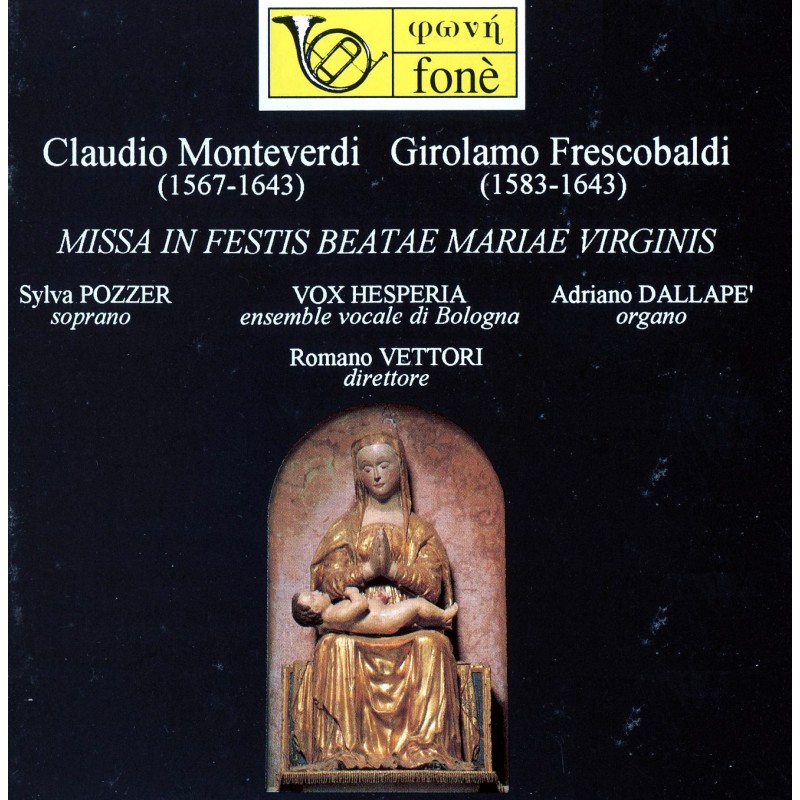

 Hd Tracks
Hd Tracks
 High Res Audio
High Res Audio
